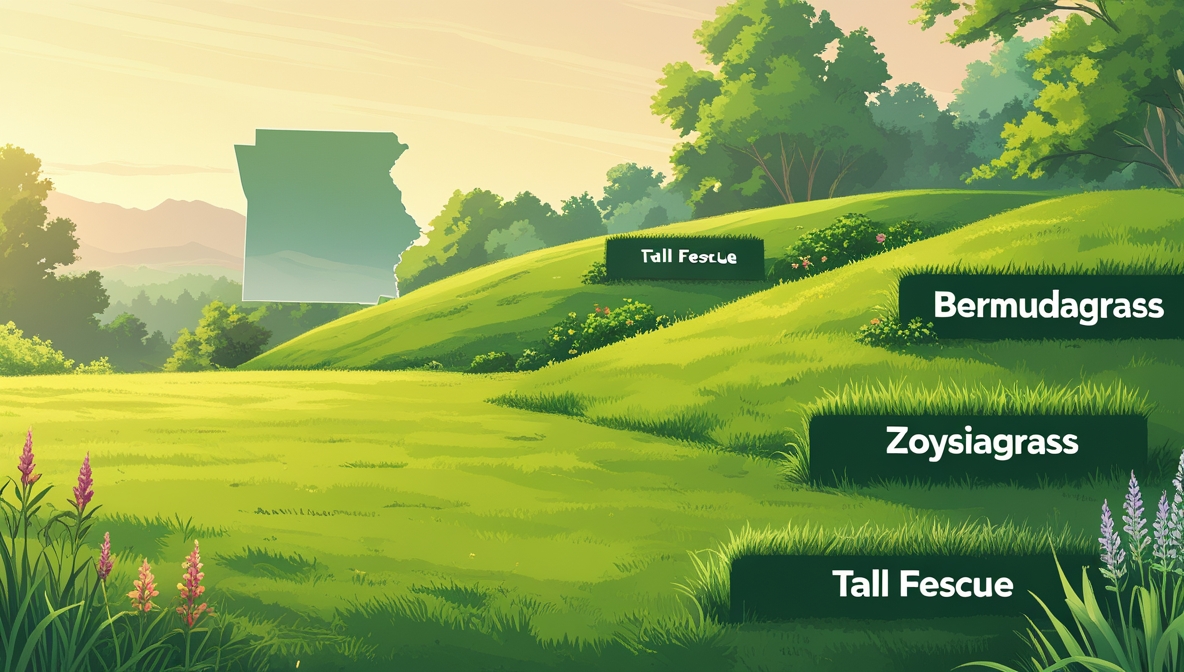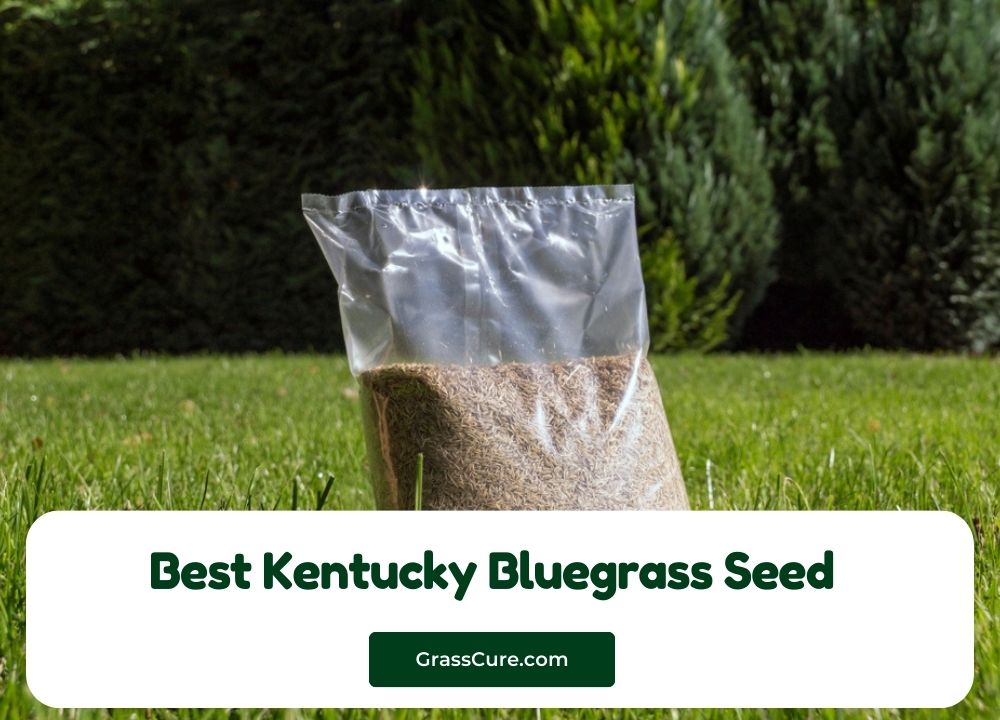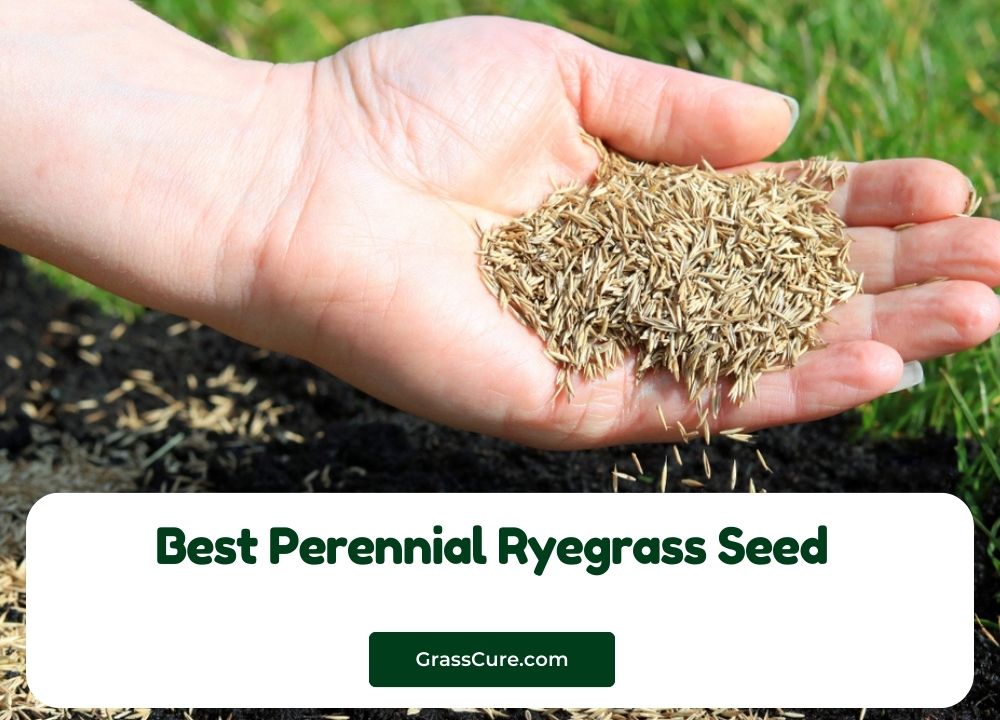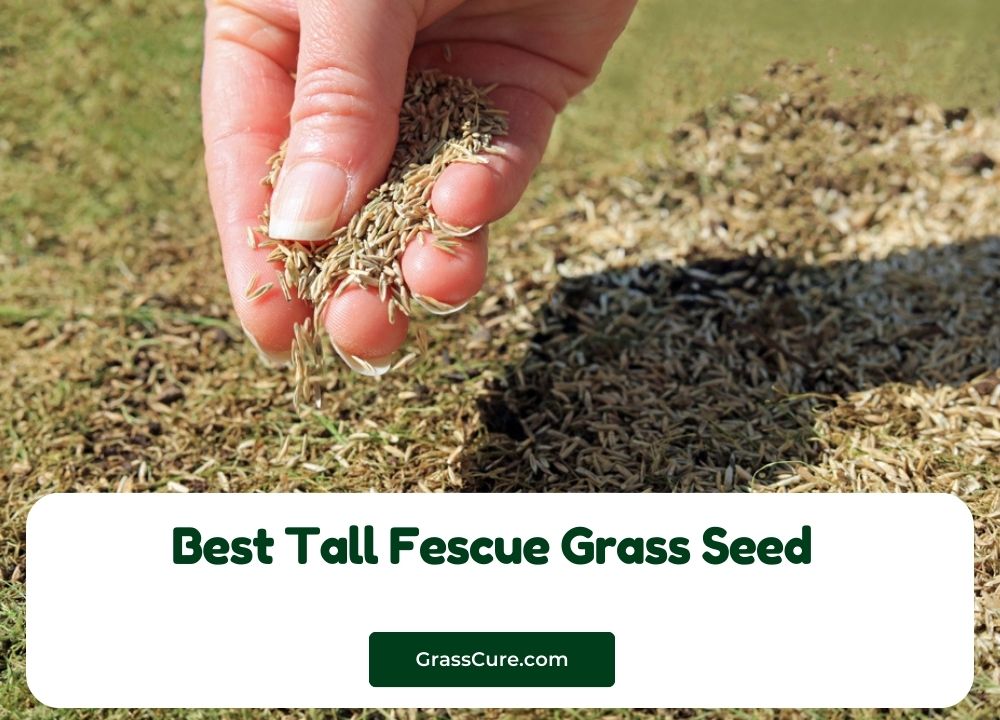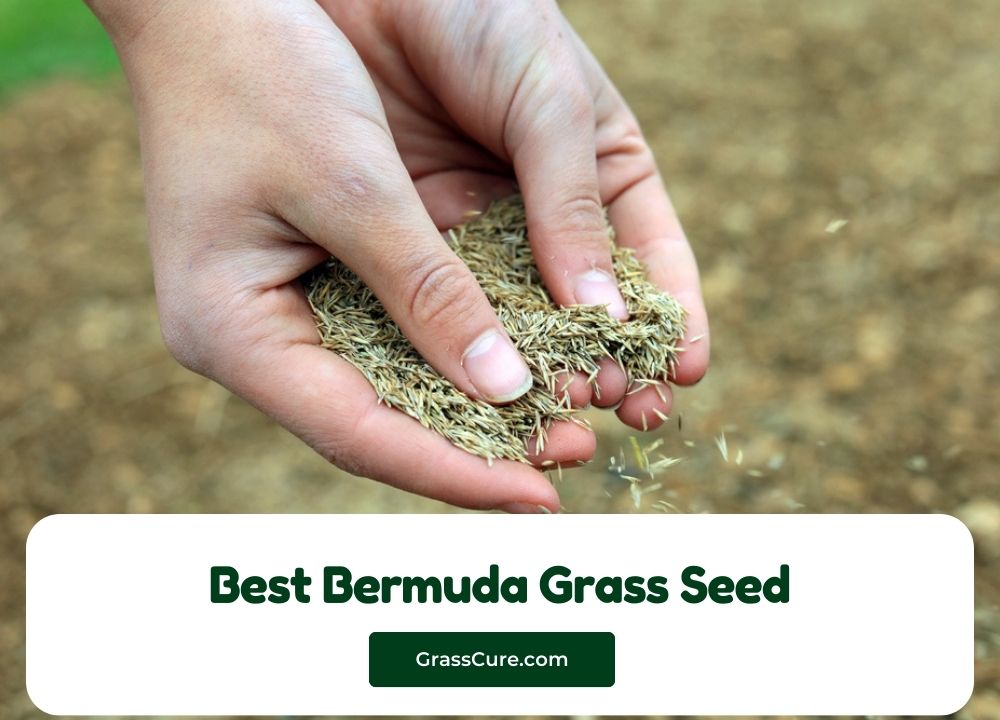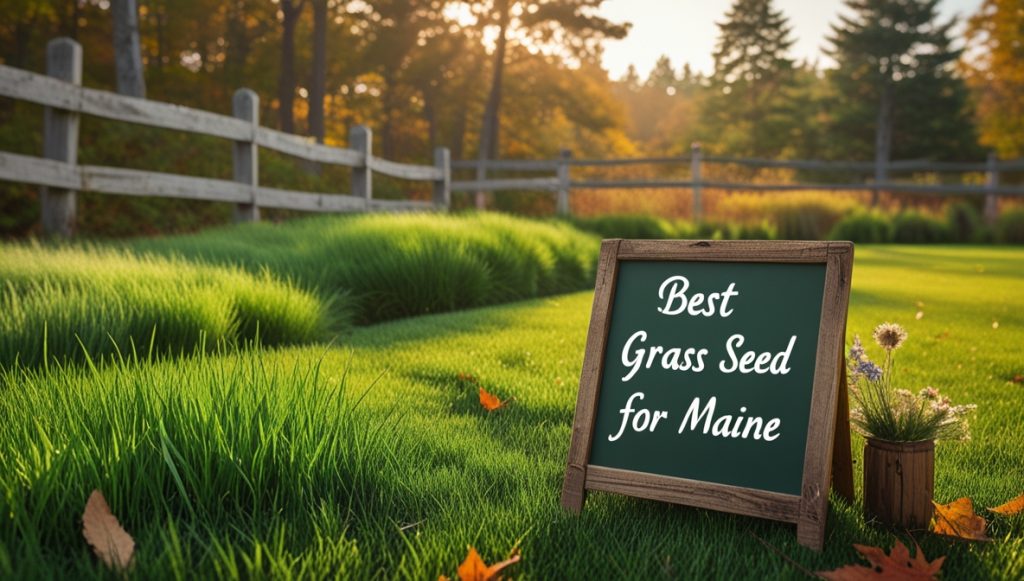Choosing the right grass seed can dramatically impact the beauty and health of your Arkansas lawn. With its diverse climate and soil conditions, selecting the perfect variety requires understanding your specific needs and location. This guide helps you navigate the options and find the best grass seed for Arkansas, ensuring a lush, vibrant lawn year-round.
Contents
- Choosing the Right Grass Seed for Arkansas
- Understanding Arkansas’s Diverse Climates
- Cool-Season Grasses: Ideal Choices
- Warm-Season Grasses: A Summer Solution
- Tall Fescue: A Popular Arkansas Option
- Zoysia Grass: Low-Maintenance Champion
- Bermuda Grass: Heat and Drought Tolerance
- Centipede Grass: Shade-Loving Variety
- Seed Selection Based on Soil Type
- Preparing Your Lawn for Successful Seeding
Choosing the Right Grass Seed for Arkansas
Selecting the right grass seed for your Arkansas lawn depends on several factors. Consider your sun exposure—full sun, partial shade, or full shade—as different grasses thrive in varying light conditions. Your soil type also plays a crucial role; some grasses tolerate clay better than others, while some prefer sandy soil. Finally, your personal preferences matter; do you prioritize low maintenance, drought tolerance, or a specific aesthetic? Weighing these factors will lead you to the best choice for your landscape. Ultimately, the ideal grass seed will complement your lifestyle and the unique characteristics of your property.
Outsidepride Oasis Bermuda Grass Seed – 5 lbs Warm Season, High Traffic, Heat Resistant, Drought-Tolerant, Low-Maintenance, Fast Growing Turf Grass for Lawn, Ideal for Sunny Areas, Thick Coverage

Understanding Arkansas’s Diverse Climates
Arkansas experiences significant climatic variations across the state. The northern regions tend to have cooler temperatures and longer winters, while the southern parts enjoy warmer temperatures and shorter, milder winters. These differences dictate the suitability of different grass types. For instance, cool-season grasses flourish in the north, while warm-season grasses thrive in the south. Understanding your specific region’s climate is paramount in choosing a grass that will not only survive but also thrive in your yard. This knowledge forms the foundation for a successful lawn.
Cool-Season Grasses: Ideal Choices
Cool-season grasses, such as tall fescue and ryegrass, flourish in Arkansas’s cooler, northern regions. These grasses perform best during spring and fall, exhibiting a vibrant green color during these seasons. However, they tend to go dormant during the hot summer months. Their tolerance for shade varies depending on the specific cultivar, so research is key. Choosing the right cool-season grass ensures a lush lawn during the cooler months, providing a pleasing aesthetic for a significant portion of the year.
Warm-Season Grasses: A Summer Solution
Conversely, warm-season grasses like Bermuda, Zoysia, and Centipede grasses are better suited for Arkansas’s warmer, southern regions. These grasses thrive during the summer months, displaying their best color and growth when temperatures are high. They often go dormant during the winter, turning brown. However, they offer superior heat and drought tolerance, making them ideal for areas with prolonged periods of dry weather. Therefore, selecting a warm-season grass is essential for a healthy lawn in hotter climates.
Tall Fescue: A Popular Arkansas Option
Tall fescue is a popular choice across much of Arkansas due to its adaptability and hardiness. It tolerates a wide range of soil conditions and offers excellent shade tolerance, making it suitable for many landscapes. Moreover, tall fescue is relatively low-maintenance, requiring less frequent mowing than some other grasses. Its deep root system contributes to drought tolerance, reducing the need for excessive watering. Consequently, tall fescue presents a practical and attractive option for many Arkansas homeowners.
Zoysia Grass: Low-Maintenance Champion
Zoysia grass is known for its low-maintenance characteristics and exceptional durability. It’s highly resistant to wear and tear, making it ideal for high-traffic areas. While it prefers full sun, Zoysia can tolerate some shade. Its slow growth rate reduces the frequency of mowing, saving you time and effort. Furthermore, Zoysia’s excellent drought tolerance contributes to its popularity in Arkansas, especially in areas with limited water resources. It’s a practical choice for busy individuals seeking a beautiful, low-maintenance lawn.
Bermuda Grass: Heat and Drought Tolerance
Bermuda grass reigns supreme in Arkansas’s hotter, drier regions due to its exceptional heat and drought tolerance. It boasts a rapid growth rate and spreads quickly, forming a dense, vigorous turf. However, it requires full sun to thrive and is not well-suited for shady areas. Bermuda grass needs regular mowing to maintain its desired height. Despite its higher maintenance requirements compared to Zoysia, its resilience in harsh conditions makes it a valuable choice in appropriate locations.
Centipede Grass: Shade-Loving Variety
Centipede grass stands out as a shade-tolerant option for Arkansas lawns. Unlike many other grasses, it thrives in partial shade and even tolerates full shade conditions. It’s a relatively low-maintenance grass, requiring less frequent mowing than many of its counterparts. However, Centipede grass has a slower growth rate and is more susceptible to drought than some other warm-season grasses. Therefore, careful consideration of your sun exposure is crucial before selecting this variety.
Seed Selection Based on Soil Type
The success of your lawn hinges on selecting grass seed compatible with your soil type. Clay soils, common in Arkansas, can compact easily, hindering root development. Grasses with strong root systems, like tall fescue, are better suited for clay. Sandy soils, on the other hand, drain quickly, requiring grasses that tolerate drier conditions. Before purchasing seed, conduct a soil test to determine your soil’s pH and composition. This knowledge will guide you towards choosing a grass seed that will thrive in your specific soil conditions.
Preparing Your Lawn for Successful Seeding
Proper lawn preparation is crucial for successful seeding. Begin by removing existing grass and weeds, either through tilling or using a herbicide. Next, aerate the soil to improve drainage and root penetration. Level any uneven areas to create a uniform surface. Finally, apply a starter fertilizer to provide essential nutrients for seedling establishment. These steps create an optimal environment for your grass seed to germinate and grow vigorously, setting the stage for a healthy, beautiful lawn.
Choosing the best grass seed for Arkansas requires careful consideration of your specific climate, soil type, and sun exposure. By understanding the characteristics of different grass varieties and following proper preparation techniques, you can create a lush, vibrant lawn that enhances the beauty of your property for years to come. Remember to consult with local lawn care professionals for personalized advice tailored to your specific needs.
